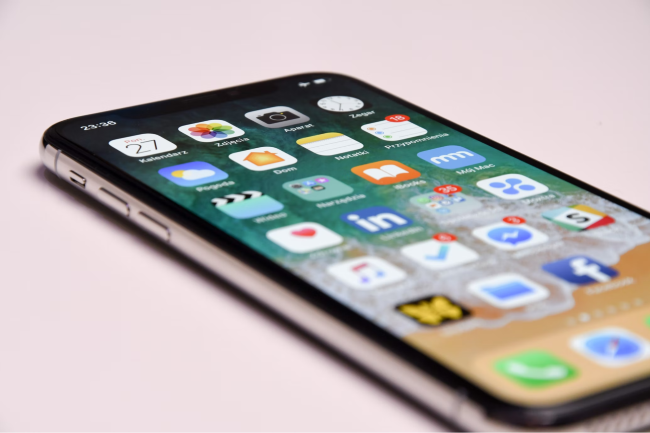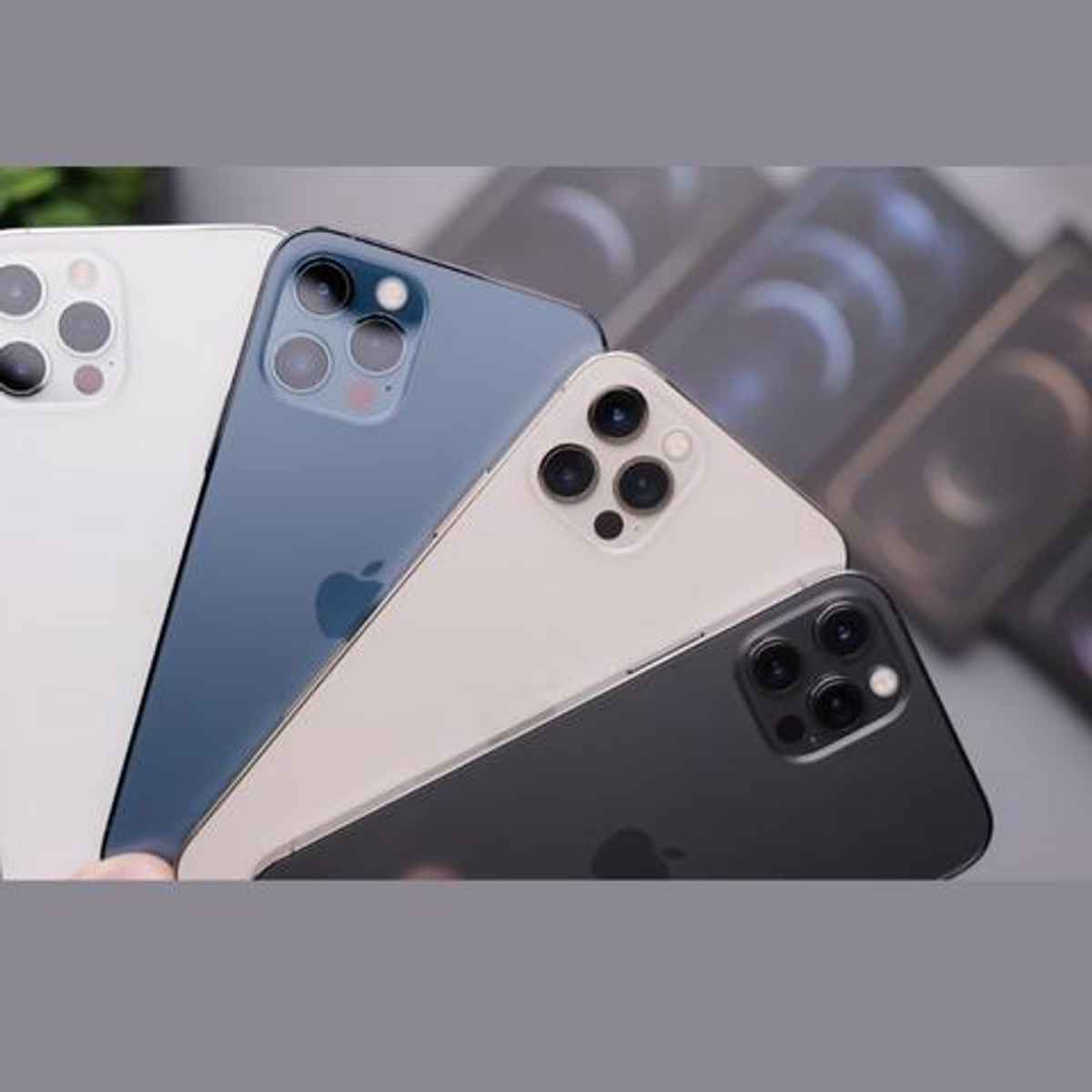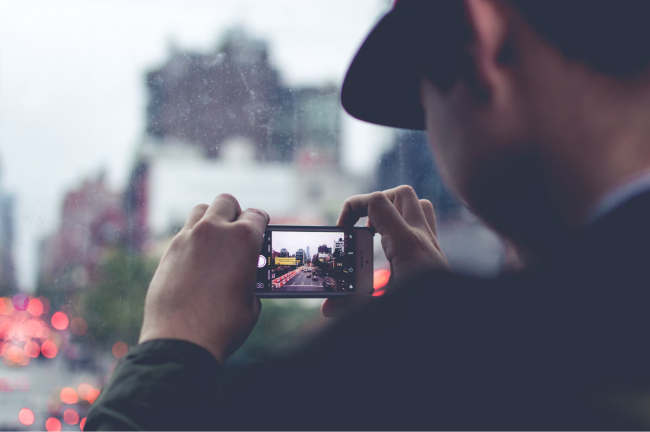6 mistakes to avoid when buying a new phone | Digit
Buying a smartphone is not always a straightforward task. More often than not, the buyer needs to navigate through a sea of misleading specifications, technical jargon and worse gimmicky features that promise the moon and the stars, but in reality, offer very little value to the end user. Here’s a look at some features that you need to be wary of while buying a phone to ensure you get the best value for your money on your next purchase.
Vapour cooling chamber
Vapour Cooling has emerged as one of the latest buzzwords in smartphone marketing these days, with pretty much every new phone promised to come to great cooling performance thanks to the presence of a “large vapour cooling chamber” inside its frame. While it’s a good addition to a smartphone’s feature set, it’s only of use if done right. As many have learned the hard way, the promise of a vapour-cooling solution alone is no guarantee of good thermals. Rather, it’s the size, and the materials used in the making of this chamber that is responsible for keeping your device cool and breezy. So the next time you’re getting yourself a new phone, and are close to being swayed into making a buying decision based on the promise of a “large vapour cooling chamber”, remember to do a little research and do not make the mistake of simply falling for marketing talk.
Ray tracing
Qualcomm recently jumped on the Ray Tracing bandwagon by launching its first chipset capable of supporting hardware-level ray tracing on smartphones. With it, the chip maker joined Samsung and MediaTek who also have powerful SoCs in the market that supports this advanced light-handling technology for video games. This move has led to a lot of talk about how ray tracing on smartphones will now propel gaming on smartphones to the next level.
While the technology itself is very impressive, and in the long run will result in better graphical effects in games, floating the idea that it will fundamentally change gaming experiences on smartphones, and that too any time soon, is not accurate. Given that even consoles and PCs are still only using ray tracing to not render entire frames but only sections of the frame means that we are likely to see a similar performance-focused approach on smartphones as well, which on a small smartphone screen may not end up adding much value when it comes to making games look more real. On that note, might we add that all these are conversations for the future because currently there are no games on smartphones that can take advantage of chip-level ray tracing.
Don’t fall prey to the high megapixel count
While a 108MP camera or a 200MP camera on a phone sounds cool, it doesn’t always mean better pictures. Most of the time, it’s just marketing talk meant to give us the illusion that photos from a higher megapixel count lens will look better. While more megapixels do mean the camera can capture more detail, the quality of the image or its ability to capture more light is not impacted by the number of megapixels on the lens. Rather, it can work against it as a higher number of megapixels being crammed in a small-sized sensor could result in a downgrade in the low-light performance of a lens.
As such the next time you’re being told to buy a phone based on the high-megapixel count of its cameras, don’t forget that key components of a picture such as contrast, colour, dynamic range, or detail, are never dependent on the megapixel count of the lens, and instead depend on the size of the aperture and when it comes to smartphones, the computational photography algorithms available on the device.
Chipset – More cores, higher clock not always better
One of the biggest marketing traps that you need to avoid when buying a phone is falling for the notion that more cores on a CPU are indicative of better performance on the phone. Just like megapixels where more doesn’t necessarily mean better image quality, more cores also don’t necessarily mean a faster processor. Rather than more cores, the information you should be on the lookout for is just how effective and efficient the cores available on a chip are. From the clock speed to the chip’s design and architecture, there are multiple factors that define how a chip will perform on a phone.
There’s also another big factor that users should be on the lookout for, the ability of the operating system to effectively use all the cores at hand. Generally, most apps are developed to use one or two cores at the max. So in such cases having a chipset with two performance cores and six efficiency cores, rather than a chipset with one performance and seven efficiency cores is better.
Peak Brightness
Another marketing term that’s meant to confuse the user is the oft-repeated talk of the Peak Brightness of a phone. While it’s true the peak brightness rating of a panel can help give you an idea of the display performance of a phone, it is also important to note that it can be highly misleading when the information is not shared properly.
Most flagship phones these days advertise high peak brightness ratings that go upwards of 1500 nits. But what their marketing teams do not advertise is that this very impressive number can only be achieved by lighting up pixels on around 1 per cent of the window of the panel and that too for a very short period. The average typical brightness of modern-day flagship phone displays max out at around 700-800 nits, and for mid-range phones, this number goes down to even 400 nits.
Curved display
This is a conflicting one, mostly because I honestly love curved displays on phones. However, it is important to add that it is a subjective choice and one that’s based purely on how it makes me feel about the phone’s design. However, many smartphone makers push the idea of curved displays as the use of superior display tech, one that not only looks better but also adds value in terms of usage of the phone.

But as anyone who has used a curved display phone would tell you, such claims are very far from reality. Curved display phones can be a nuisance to sue, with the internet filled with user reviews that explain just how these curved panels can make using and gripping phones difficult.
Curved displays make the phone’s panel less durable, and leave your phone’s panel more susceptible to picking up cracks in case it slips out of your hand — which might we add can also be a consequence of the curved panel making the phone more slippery in the hand. It also makes the phone more prone to accidental touches and is an absolute no-no if you plan on gaming a lot on your phone.
For more
technology news,
product reviews, sci-tech features and updates, keep reading
Digit.in or head to our
Google News page.
For all the latest Technology News Click Here
For the latest news and updates, follow us on Google News.



